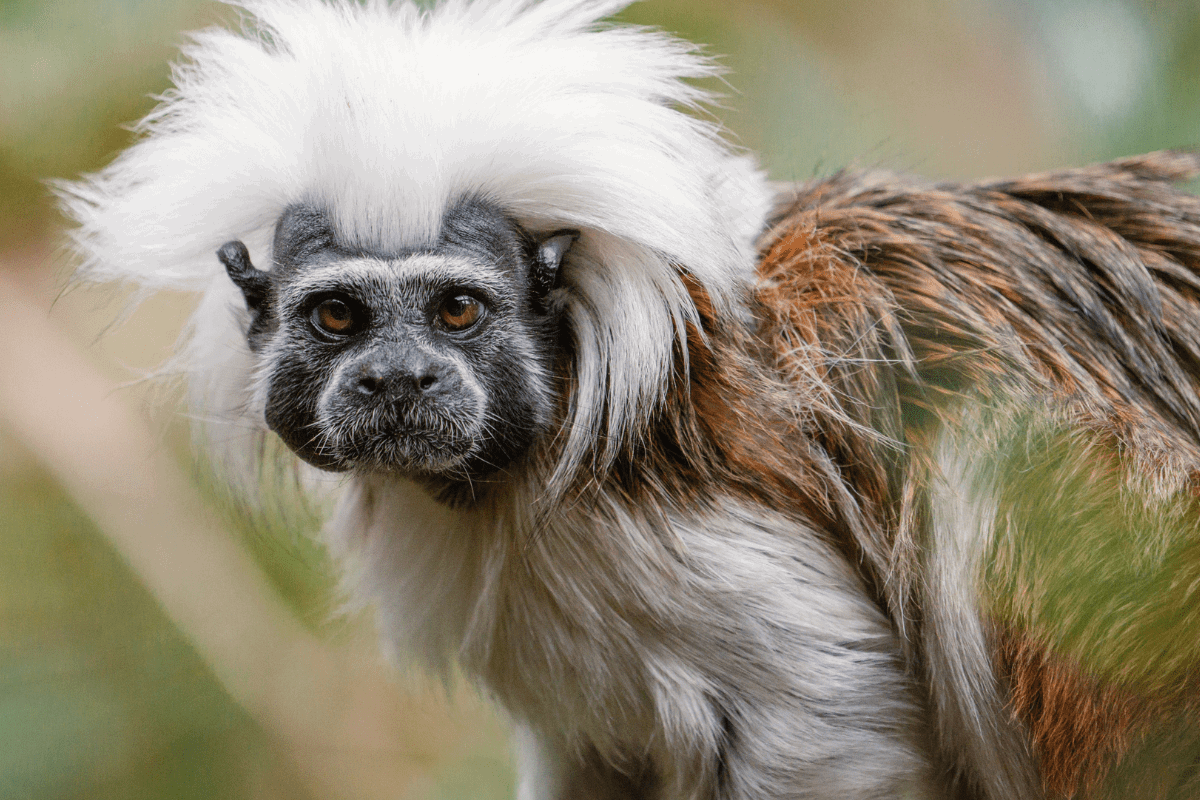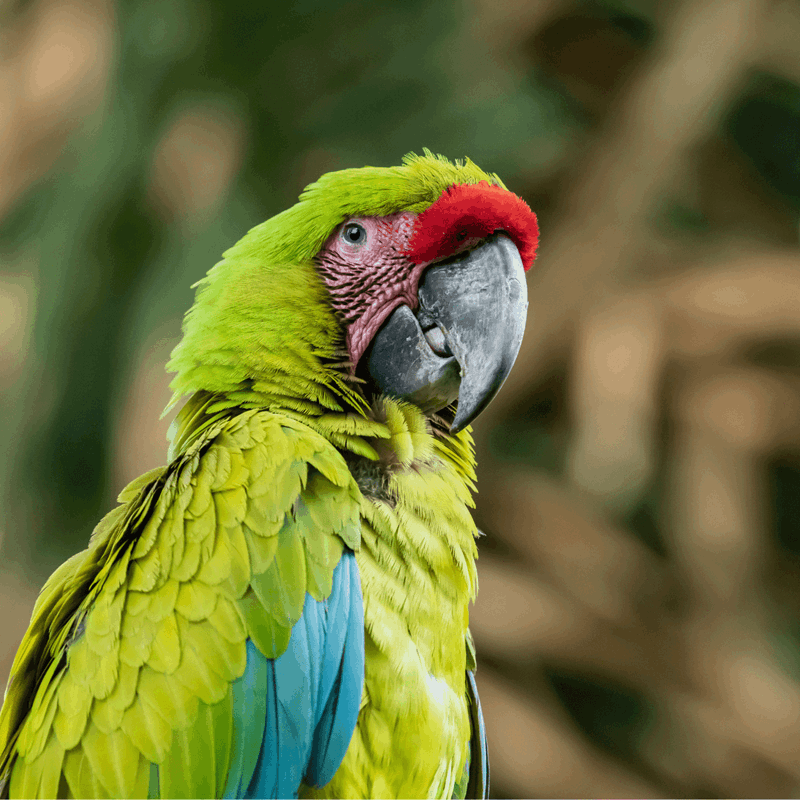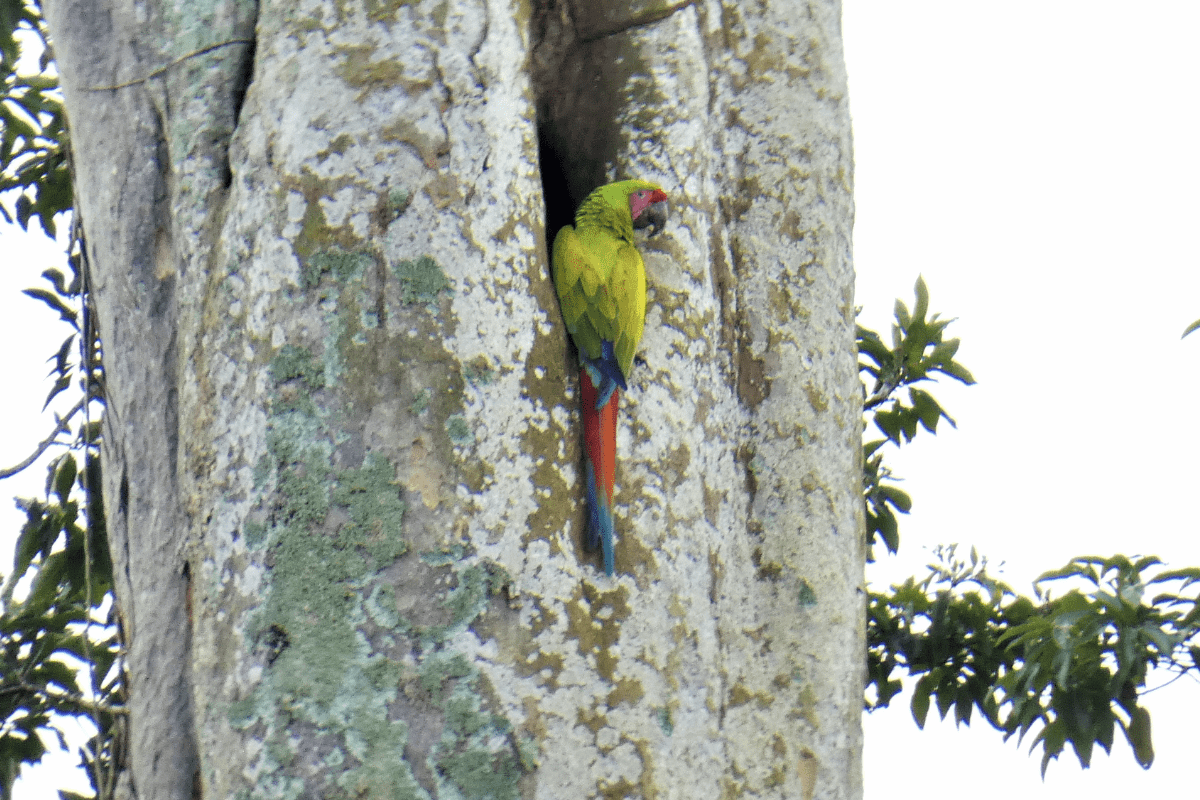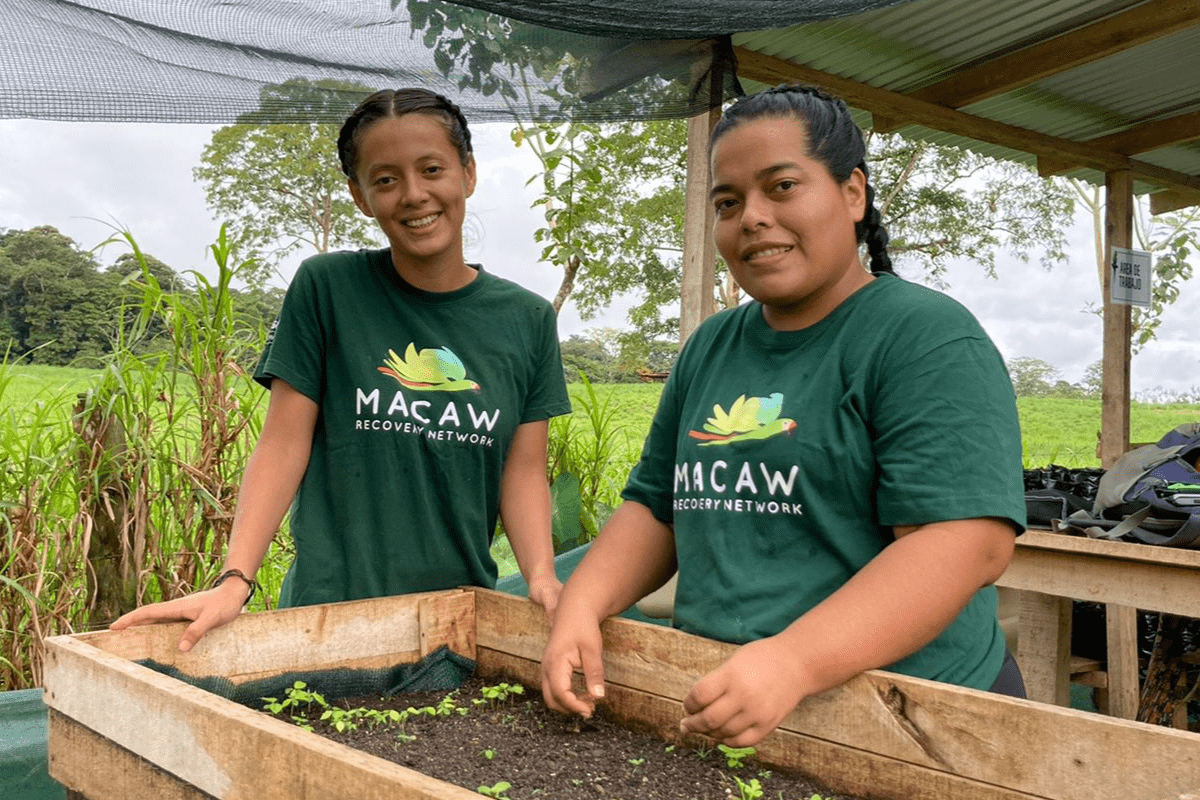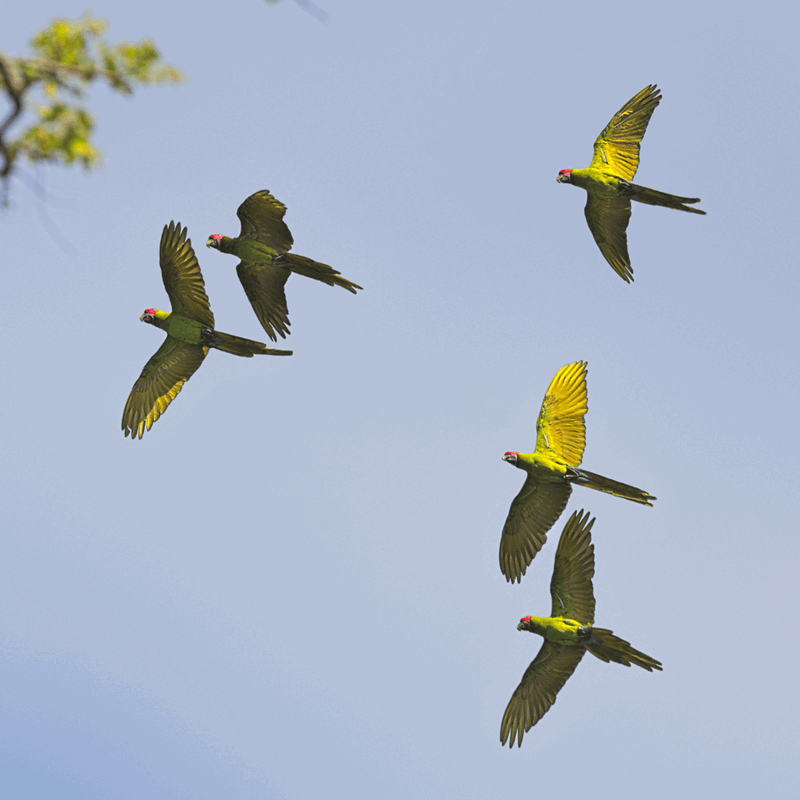
Latin America
Latin America is one of the most biodiverse regions on Earth, home to lush rainforests, high mountains, and rare species found nowhere else in the world. But this incredible richness is under growing pressure from habitat loss, climate change, and exploitation. Our work in Latin America focuses on supporting grassroots conservation, partnering with local organisations and local people who know the land best to protect species and restore habitats. From great green macaws and cotton-top tamarins to tropical forests and wetlands, we’re helping build a future where wildlife and communities can thrive together.
Latin America is the newest region we’ve started working in, and it's already home to some incredible partnerships. Since 2021, we’ve supported Proyecto Tití and their brilliant work to protect cotton-top tamarins and the forests they depend on. They’re leading the way in involving local communities and finding creative, lasting solutions. In 2024, we began working with the Macaw Recovery Network, a passionate and dynamic team dedicated to saving the critically endangered great green macaw and other endangered parrots in Latin America. Their approach brings together habitat protection, science and people to build a better future for wildlife. Both projects are rooted in the belief that conservation works best when it supports both nature and the people who live alongside it.
Macaw Recovery Network
A new partnership established in 2024
Longleat have recently started supporting The Macaw Recovery Network based in Costa Rica.
The support so far from Longleat will be used for;
1. Develop a Collaborative Conservation Plan for the Great Green Macaw Reintroduction in the Chachagua Community.
The strategy will mirror the methodology applied in the conservation plan for the Sarapiquí Rainforest Reserve. Upon completion, the plan will outline essential activities and objectives tailored for the Chachagua community.
2. Promote the conservation plan and its advantages for the Chachagua community.
An information campaign will be organized for local residents, focusing on conservation issues related to the Great Green Macaws, best practices for the released macaws, and sharing the project's five-year plan.
Local media outlets will be engaged to share project updates, and a dedicated phone line will be established for inquiries and information requests. Additionally, we will conduct visits to organized groups and arrange field trips for key stakeholders to learn more about the project. As part of a pilot initiative, we will establish a group of young individuals called "Junior Rangers" to act as leaders and ambassadors, helping to spread project information over the course of one month. This pilot will be assessed, and if successful, we will seek future funding to sustain it permanently.
3. Encourage Responsible Tourism Practices for the Great Green Macaw Release
We will train local guides to promote sustainable practices for observing Green Macaws. Over the course of two months, five individuals will participate in in-person workshops. They will receive essential materials and training covering key information about the Great Green Macaw, customer service skills, and basic English for leading macaw sighting tours (typically, a script will be provided for them to follow).
The MRN webpage states;
Our Mission
To protect and recover endangered parrot populations in the Americas.
Our Vision
A future in which parrots and its ecosystems thrive and coexist with local communities.
Our Values
INTEGRITY: We act with honesty, sincerity and compassion. We are self-aware, humble, and respectful, holding ourselves to the highest ethical standards.
COMMUNICATION: We encourage and congratulate honest communication founded on the courage to speak openly and honestly, balanced with empathy and support.
TEAMWORK: We seek out shared goals and collaborate to add skills, strength and experience within all teamwork, partnerships, and our broader community. Integral to this is the balance between hard work and fun.
LEADERSHIP: We get things done by inspiring and enabling those around us. We constantly adapt and grow as individuals and as an organisation so we can have the biggest impact.
EXCELLENCE: We feel a responsibility to strive for the best in everything we do. We are professional and proactive; using innovation and evidence to develop strategies and achieve our goals.
Proyecto Tití
Proyecto Tití is a brilliant example of how conservation can bring people and wildlife together. Based in northern Colombia, they’ve been working since 1985 to protect the critically endangered cotton-top tamarin and their forest home. Their approach is based on long-term research, practical conservation, and strong partnerships with local communities. They’re not just protecting tamarins—they’re working to restore a whole ecosystem, piece by piece, through forest corridors, reforestation, and protected areas.
At the forefront of what they do is investing in local communities. From the start, they’ve understood that conservation only works when people are part of the solution. They’ve created education programmes that reach thousands of children each year, helping to build pride in local wildlife and reduce the illegal pet trade. They’ve also helped families switch to fuel-efficient stoves, get involved in sustainable farming, and earn money through handmade crafts that support conservation. It’s a thoughtful, creative model that’s had a real impact—not just on tamarins, but on the people who share the forest with them. Proyecto Tití demonstrates what’s possible when conservation is grounded in science, community, and long-term commitment.
